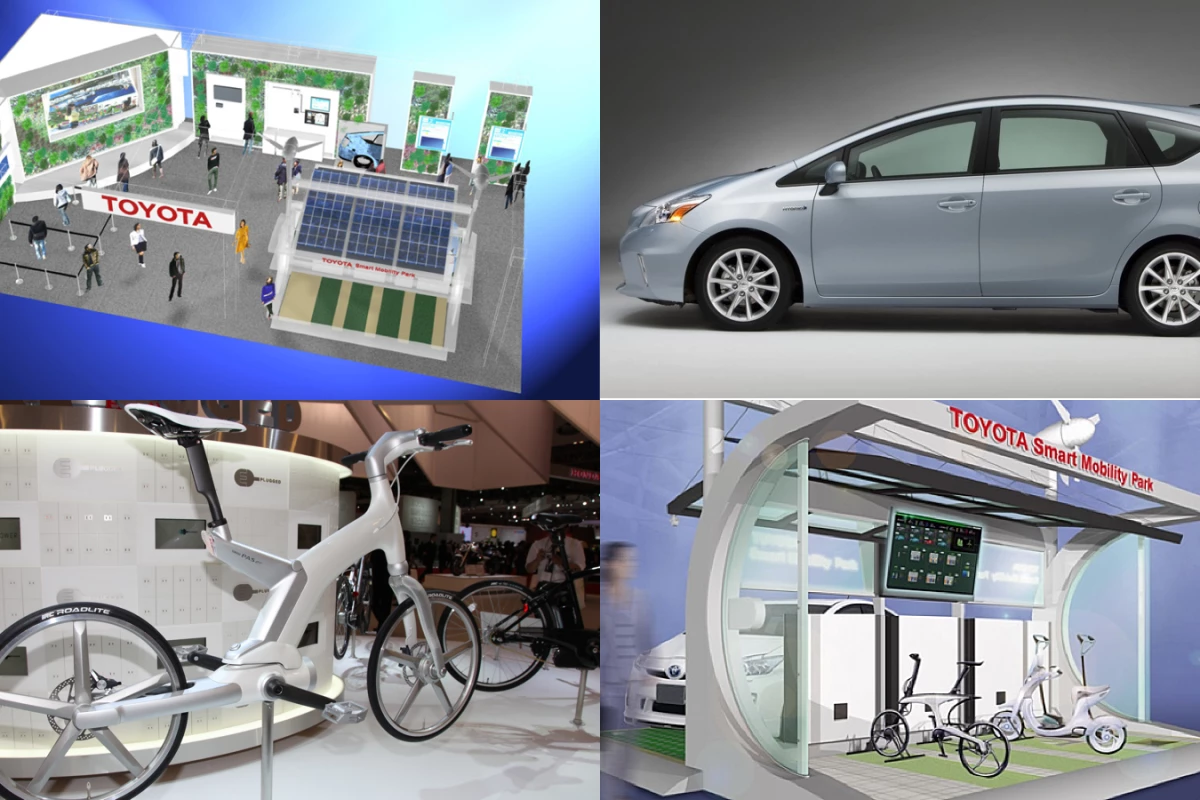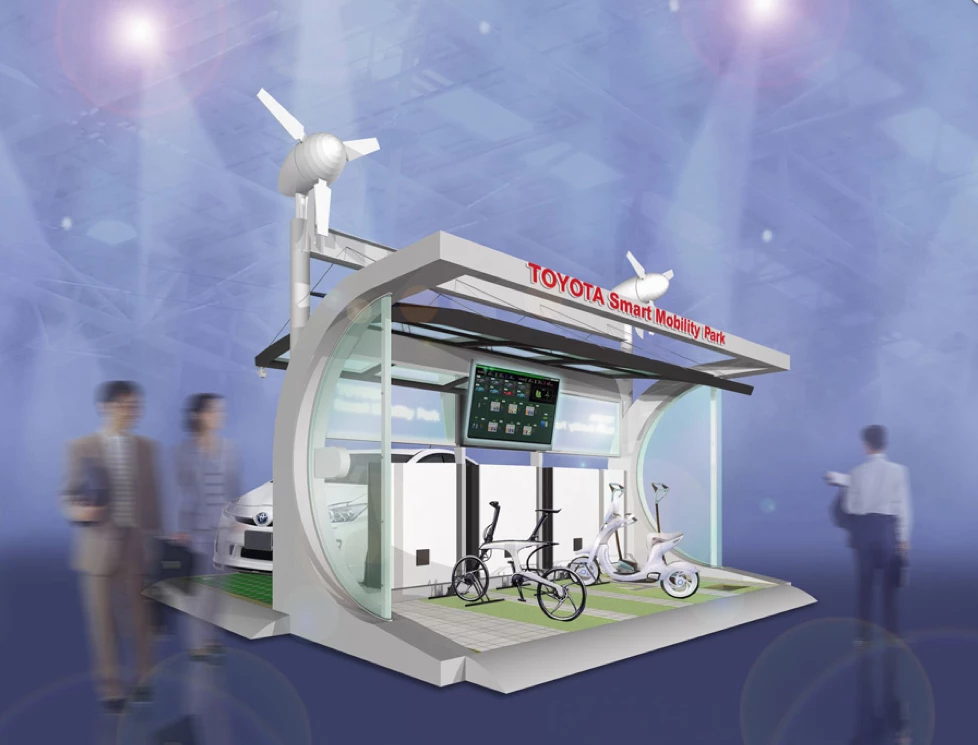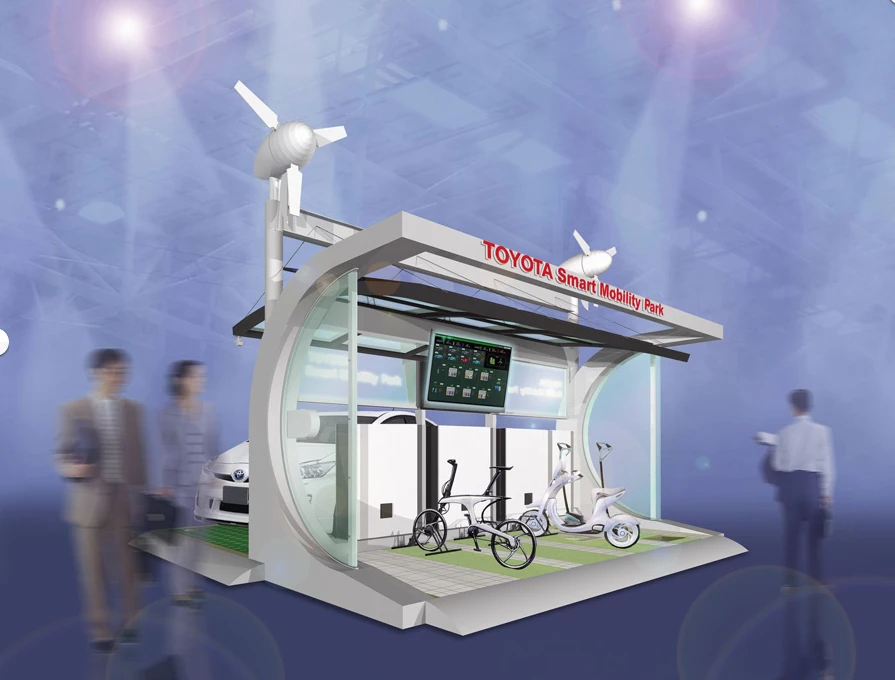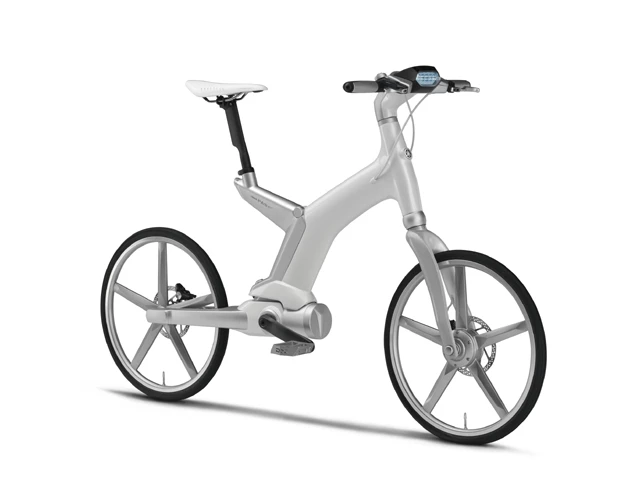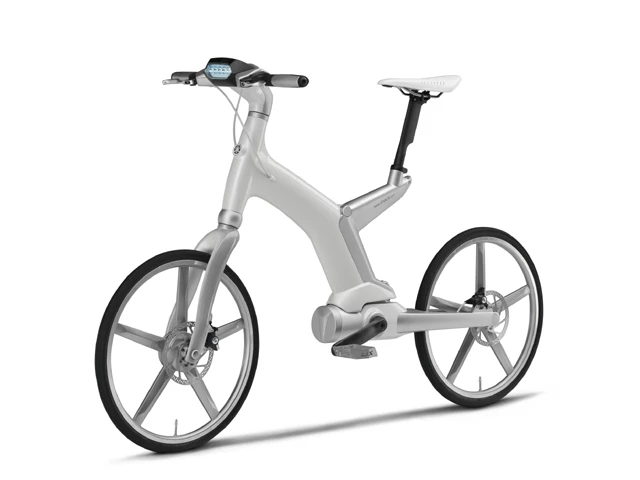After the World Financial Crisis resulted in an agreement between manufacturers to limit their involvement in the 2009 Toyota Motor Show, it appears that next week's 2011 Tokyo Motor Show will be bigger and more focused on the future than ever.
One of the more interesting areas is certain to be the Toyota Smart Mobility Park exhibit which will feature the Toyota AVOS (Automatic Vehicle Operation System), a self-driving version of the Prius. Back-seat test drives will be available at the show, demonstrating first hand how the Prius can avoid obstacles, be summoned from a parking garage and park itself.
There will also be a demonstration of communications-linked electric scooters and electric-assisted bicycles including what is expected to be Yamaha's first production electric scooter.
The autonomous Prius is logically going to join the Toyota line-up at some stage in the future, as intelligent vehicles which are linked to each other and to the road infrastructure are inevitable if the world is to prevent the 1.3 million road deaths (and that number is growing alarmingly at present) that occur each year.
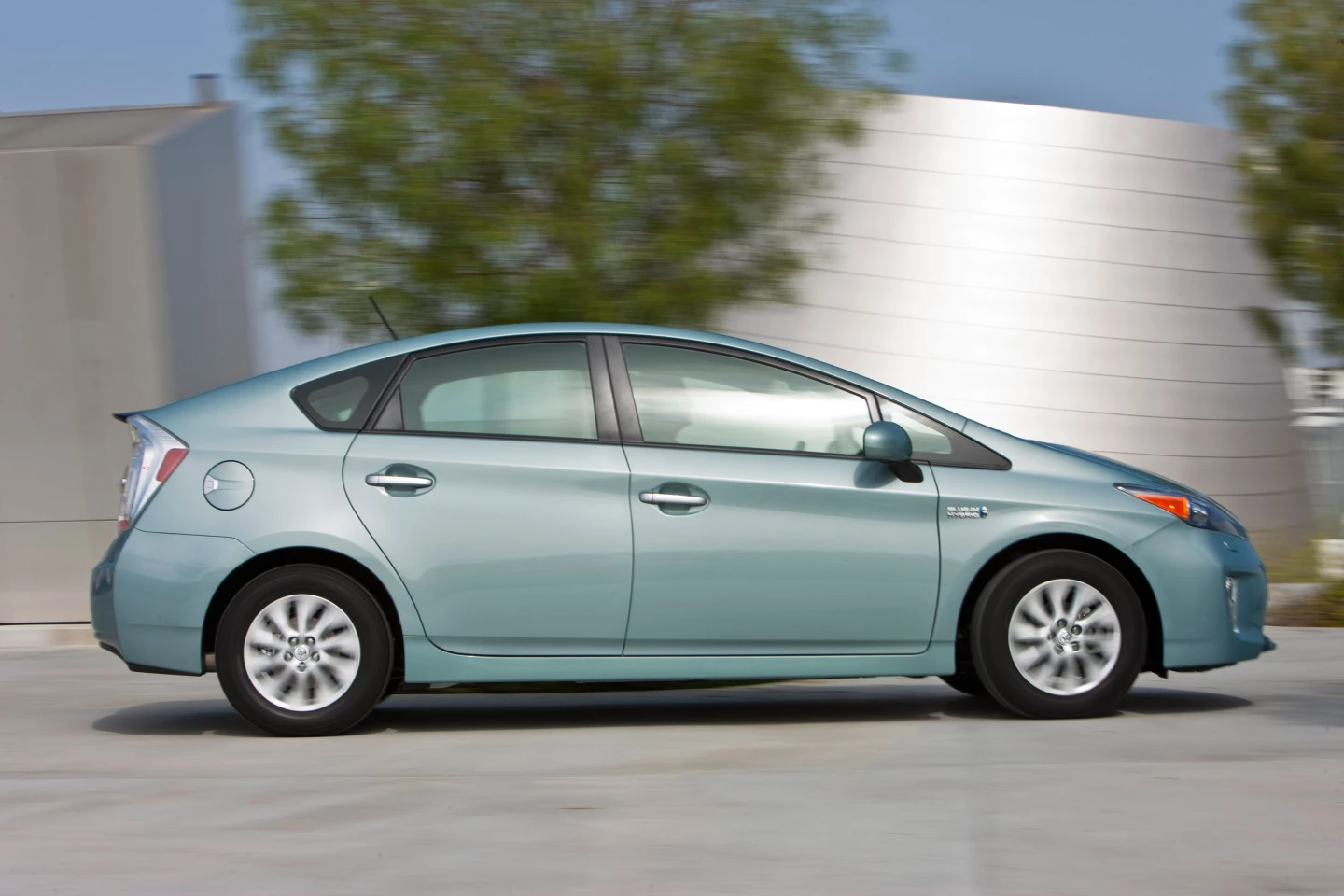
Humans are very bad at driving cars safely, and General Motors and Volkswagen Group (the second and third largest auto manufacturing groups) are already well advanced in autonomous vehicle development, so it was logical that Toyota begin demonstrating its expertise in what is certain to become a critical field over the next few years.
The Volkswagen-based "Stanley" won the second DARPA Grand Challenge for autonomous vehicles and General Motors backed Tartan Racing took out the more recent DARPA Urban Grand Challenge. The two are generally agreed to be at the forefront of autonomous vehicle development. Toyota's experience with robotics development for its "Partner Robots" will no doubt help, so it will be interesting to see just how advanced the AVOS will be.
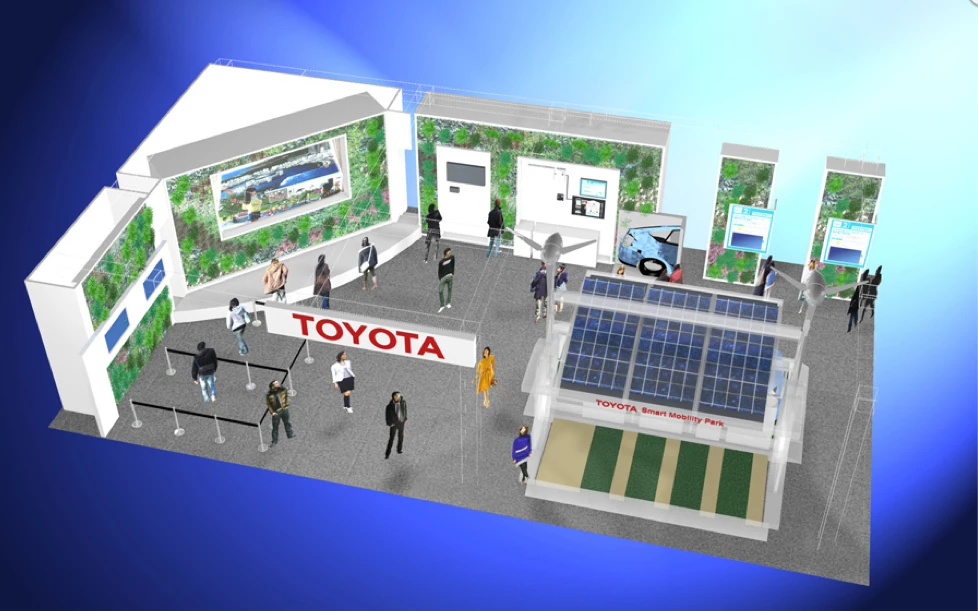
Toyota Motor Company's display at Tokyo Motor Show will involve demonstrations of next generation ITS, Safety Equipment and automated driving. In particular, Toyota intends to demonstrate its vision in the field of "Vehicle-Infrastructure Cooperative Systems" linking vehicles on the road with each other and with the traffic infrastructure. One of the specific areas it has flagged which will be demonstrated is an accident mitigation system.
The Toyota Smart Mobility Park will be part of a special area of the Tokyo Motor Show entitled "Smart Mobility City 2011" which is being promoted to show what the city of the future will like, and how the transport infrastructure and power infrastructure will relate to each other.
Toyota and Yamaha have been working closely together in many areas for many years, with Yamaha music playing a role in ambient sound quietening technologies of Lexus vehicles, producing racing engines for Toyota using its MotoGP-derived expertise and technology sharing in a host of other areas, most notably electric vehicles.
At the 2009 Toyota Motor Show, the Lexus Pedal Electric racing pushbike was a direct result of intensive collaboration with Yamaha. This time around, it seems that Yamaha's electric bicycles and what appears to be a Yamaha Electric scooter will appear side-by-side on Toyota's stand as part of the linked vehicles display.

The Yamaha "PAS er" pedal-assist electric prototype from 2009 will make another appearance in 2011 as it can be clearly seen in the illustration of the Toyota stand. The bike is an advanced hybrid with two-wheel-drive that applies the electric assist to both front and rear wheels and has an automatic electronic gear shift (transmission). That was the 2009 model, and no doubt we can expect further advances to be evident - perhaps even an indication of when the bike might reach market.

All the above displays will be part of the Toyota Smart Mobility Park display with the general theme of "a not-too-distant future where society and transportation are linked." The illustration released shows one of Yamaha's electric-assist bicycles which we saw at Tokyo 2009, plus Toyota's Winglets, but there's also an electric scooter we haven't seen before and has not yet been detailed by Yamaha.
Toyota Motor Company's booth will have three themed zones, covering Mobility diversification and next-generation charging, Vehicle-home energy management and Next-generation ITS (vehicle-infrastructure cooperative systems, safety equipment, and automated driving).
A next-generation charging station based on a vision for a near-future society will also be on display, equipped with chargers and batteries fueled by solar and wind power for use in various ways of charging next-generation environment-friendly vehicles, such as plug-in hybrid vehicles (PHVs) and electric vehicles (EVs), as well as other electric-powered means of mobility.
Controlling it all will be the "Toyota Smart Center energy management system", which will function as a hub that manages energy used for transportation and supports future car-sharing systems.
Also on display will be communications-linked concept electric scooters and electric-assisted bicycles created through collaboration with Yamaha Motor Co., Ltd. These next-generation scooters and cycles will use wireless communications such as smartphones and Wi-Fi to link with the Toyota Smart Center to exchange information such as charging-stand information (location, availability and charging status), sharing-service information and status-information uploaded from the scooters or cycles. Finally, there will also be a H2V ("home to vehicle") Manager, which Toyota describes as a tool for effective and economic control of household power supplies to charge PHVs and EVs. Users can connect to the H2V Manager (wired or wireless) from a home PC, television or smartphone to set or adjust their PHV or EV charging start time, as well as check the total amount of household electric power consumption. The system can also halt charging to prevent circuit breakers from activating during increased electrical usage when multiple home appliances are being used simultaneously, and also resume charging during periods of excess power supply. Sales of the new infrastructure products are scheduled to begin in January 2012 through Toyota Housing Corporation.
